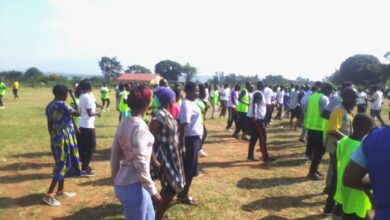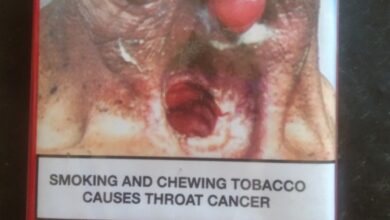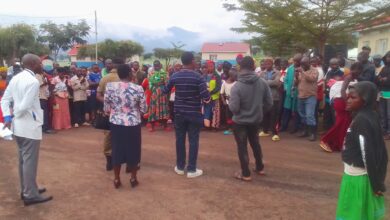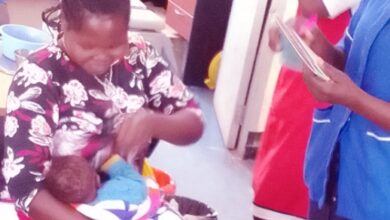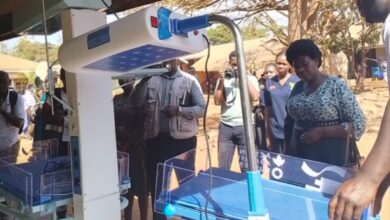Nearly 98,000 adolescent girls infected with HIV in 2022
In sub-Saharan Africa, HIV prevalence among adolescent girls and young women, aged 10–24 years, is persistently over three times higher than among their male counterparts.
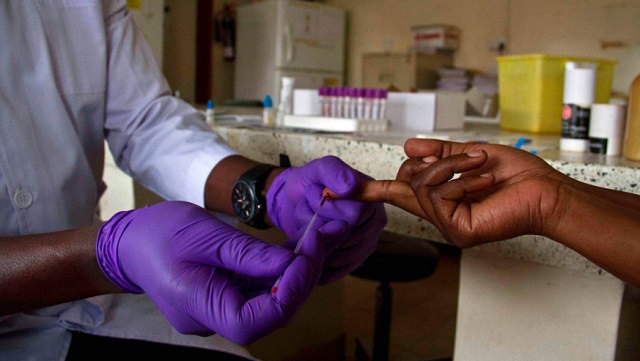
Gulu: Nearly 98,000 adolescent girls aged 10–19 were infected with HIV in 2022, or 1,900 new infections every week, according to UNICEF’s latest Global Snapshot on Children with HIV and AIDS.
While total infections among girls aged 10–19 have almost halved since 2010—from 190,000 to 98,000—girls were still more than twice as likely to contract HIV last year than boys.
Globally, there were 270,000 new HIV infections among all children and adolescents aged 0–19 in 2022, bringing the total number of young people living with HIV to 2.6 million.
Anurita Bains, the UNICEF Associate Director of HIV/AIDS, stresses that it is unacceptable that adolescent girls, who should be planning their futures, continue to bear the heaviest burden of HIV infection.
“We—the UN, communities, governments, and organizations—must eradicate the obstacles that make HIV a threat to their health and wellbeing. This includes ensuring the sexual and reproductive health and rights of adolescent girls and young women are met.”
Girls continue to bear the brunt of the HIV epidemic due, in part, to gender inequalities, which often result in girls being disempowered to negotiate safe sex; poverty, which manifests in communities located far from healthcare centers; and a lack of access to HIV prevention and sexual and reproductive health programs.
In sub-Saharan Africa, HIV prevalence among adolescent girls and young women, aged 10–24 years, is persistently over three times higher than among their male counterparts.
The latest data shows that Eastern and Southern Africa continues to carry the overwhelming burden of HIV infection, with 137,000 new infections among the 0-19 age group in 2022, followed by West and Central Africa (66,000 new infections among 0-19), East Asia and the Pacific (21,600 new infections among 0-19), Latin America and the Caribbean (16,300 new infections among 0-19), and South Asia (14,400 new infections among 0-19).
The Global Snapshot further highlights how children and young adolescents face considerable inequities when it comes to access to treatment compared to adults. Globally, nearly one million people aged 0–19 living with HIV are not receiving treatment, and more than half of this group—about 60 percent—are in Eastern and Southern Africa.
Cumbersome diagnostic processes for children; specific testing requirements for infants that are not always available in middle- and lower-income countries; and a lack of age-appropriate antiretroviral medication for younger age groups are among the reasons that just 57 percent of children aged 0–14 years are receiving antiretroviral treatment, compared to 77 percent of people aged 15 and above.
Progress toward ending AIDS remains slow, with 99,000 children and adolescents aged 0–19 years dying globally due to AIDS-related causes in 2022, accounting for 15 percent of all AIDS-related deaths, even though this age group comprises just 7 percent of people living with HIV.
Do you have a story about your community or an opinion to share with us? Email us at theugreports@gmail.com.


